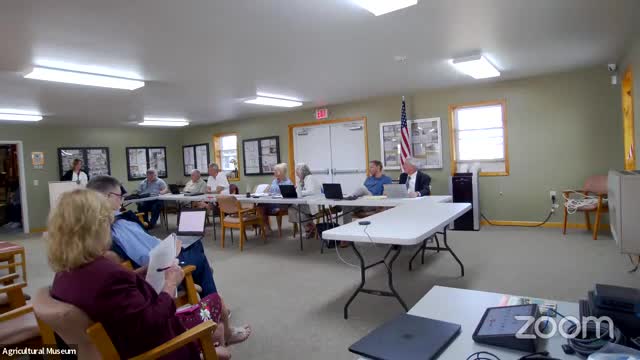County tackles mental health crisis with new funding initiatives
September 05, 2024 | Cayuga County, New York
This article was created by AI summarizing key points discussed. AI makes mistakes, so for full details and context, please refer to the video of the full meeting. Please report any errors so we can fix them. Report an error »

During a recent government meeting, officials addressed pressing issues related to mental health services and community support, highlighting ongoing challenges and new initiatives aimed at improving conditions for residents.
One significant discussion centered on the overcrowded conditions at a local mental health facility, which was originally designed to accommodate over 30 individuals. Concerns were raised about the stress and challenges faced by both staff and clients in this cramped environment. Officials acknowledged the need for rapid rehousing solutions and expressed gratitude for community engagement in addressing these issues.
The meeting also included the approval of several resolutions aimed at enhancing mental health services. One resolution amended the 2024 mental health budget to adjust state aid funding for existing contract agencies, ensuring continued support for vital services. Another resolution authorized the creation of a budgeted staff social worker position at the community mental health center, a move prompted by the retirement of a current psychiatrist. This position is expected to help alleviate the workload on existing staff and improve service delivery.
Additionally, a grant from the New York State Department of Health was accepted to address drug overdoses, amounting to nearly $100,000 over two and a half years. This funding will support harm reduction initiatives and the establishment of a health hub at the mental health clinic, with contracted positions to be filled as part of the program.
The meeting also touched on the Office for Aging's efforts to provide legal counseling services for seniors, funded entirely through state resources. This initiative aims to assist older adults with essential legal matters, reflecting the growing need for such services in the community.
Overall, the discussions underscored a commitment to enhancing mental health resources and support for vulnerable populations, while also addressing the logistical challenges posed by staffing shortages and facility limitations. The collaborative efforts of various departments and community members were recognized as crucial in moving forward with these initiatives.
One significant discussion centered on the overcrowded conditions at a local mental health facility, which was originally designed to accommodate over 30 individuals. Concerns were raised about the stress and challenges faced by both staff and clients in this cramped environment. Officials acknowledged the need for rapid rehousing solutions and expressed gratitude for community engagement in addressing these issues.
The meeting also included the approval of several resolutions aimed at enhancing mental health services. One resolution amended the 2024 mental health budget to adjust state aid funding for existing contract agencies, ensuring continued support for vital services. Another resolution authorized the creation of a budgeted staff social worker position at the community mental health center, a move prompted by the retirement of a current psychiatrist. This position is expected to help alleviate the workload on existing staff and improve service delivery.
Additionally, a grant from the New York State Department of Health was accepted to address drug overdoses, amounting to nearly $100,000 over two and a half years. This funding will support harm reduction initiatives and the establishment of a health hub at the mental health clinic, with contracted positions to be filled as part of the program.
The meeting also touched on the Office for Aging's efforts to provide legal counseling services for seniors, funded entirely through state resources. This initiative aims to assist older adults with essential legal matters, reflecting the growing need for such services in the community.
Overall, the discussions underscored a commitment to enhancing mental health resources and support for vulnerable populations, while also addressing the logistical challenges posed by staffing shortages and facility limitations. The collaborative efforts of various departments and community members were recognized as crucial in moving forward with these initiatives.
View full meeting
This article is based on a recent meeting—watch the full video and explore the complete transcript for deeper insights into the discussion.
View full meeting
